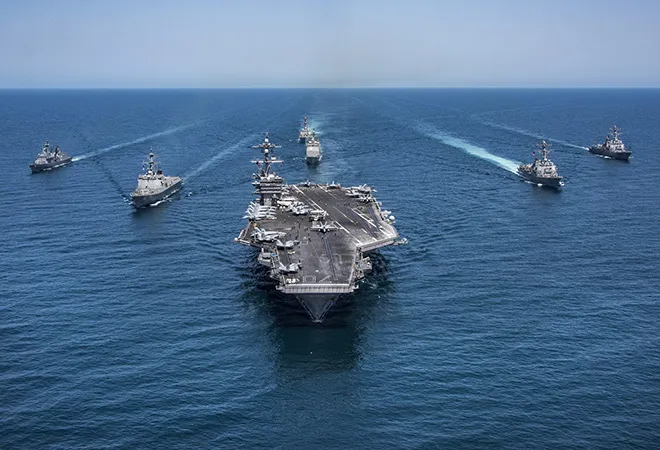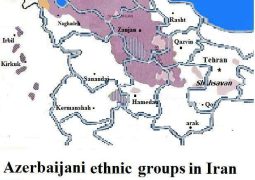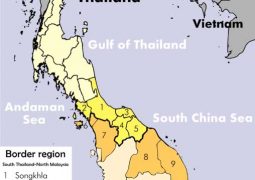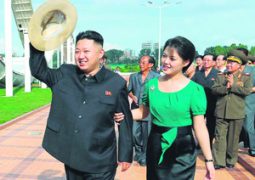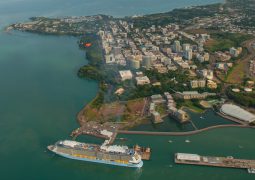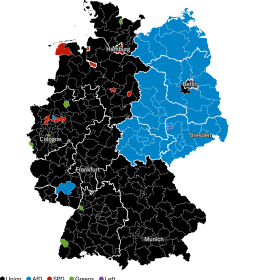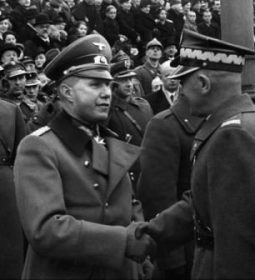The State and The Fate of America’s Indo-Pacific Alliances

China is the biggest factor behind the continued development of the U.S. alliance network – a trend that works independently of, and supersedes, any political dynamics in Washington.
Although Trump and U.S. President Joe Biden disagree on most issues, one area of consensus is the Indo-Pacific. During Trump’s first term in office, in 2019 he and his team published the Indo-Pacific Strategy, which sought to maintain a “free and open” region primarily through strengthening alliances and partnerships to counter China. When Biden entered office in 2021, he doubled down on his predecessor’s approach.
Of course, Trump, being a more transactional and unpredictable leader, at times praised or threatened traditional U.S. allies, but overall, his administration not only left these alliances intact but, arguably, enhanced them as well. The Biden administration sought to repair what damage was caused by Trump and to vigorously upgrade alliances and partnerships across the board to assist in great power competition against Beijing. During her campaign, Harris emphasized continuity with the Biden administration’s Indo-Pacific strategy.
The prospect of continuity between the two main presidential candidates should be a welcome development for U.S. allies, who increasingly feel threatened by China’s growing economic and military power. Beijing’s rising assertiveness across the Indo-Pacific – against Taiwan in its air defense identification zone, the Philippines at territorial features within its exclusive economic zone (EEZ) in the South China Sea, or against India along the Himalayas at their disputed land border – is convincing allied capitals to bolster their security ties to the United States. Additionally, North Korea’s increasingly provocative threats and growing nuclear arsenal are of particular concern to Japan and South Korea.
These trends work independently of, and supersede, any political dynamics in Washington. In other words, whether under Trump or Harris, the China factor will foster the continued development of the U.S. alliance network.
- Previous China Halted Centuries-old Sino-Nepal Borderland Marriages
- Next Brits and Chinesse are at tit-for-tat fight over embassy $1bn mammoth construction in London (and Beijing)


